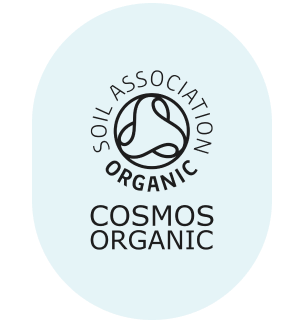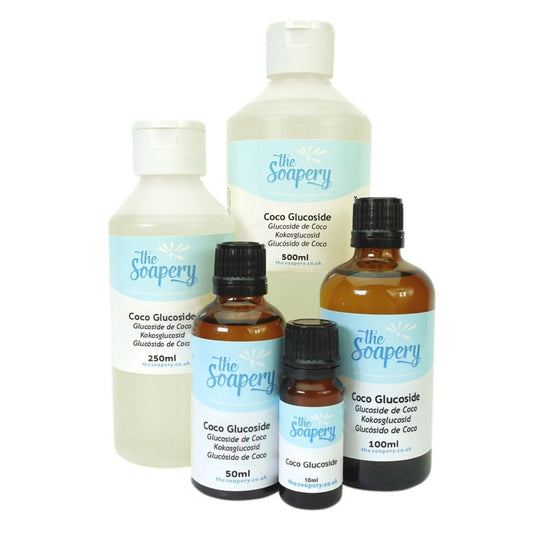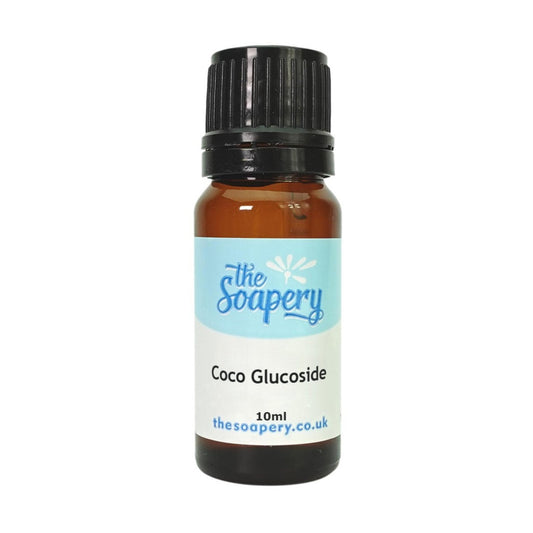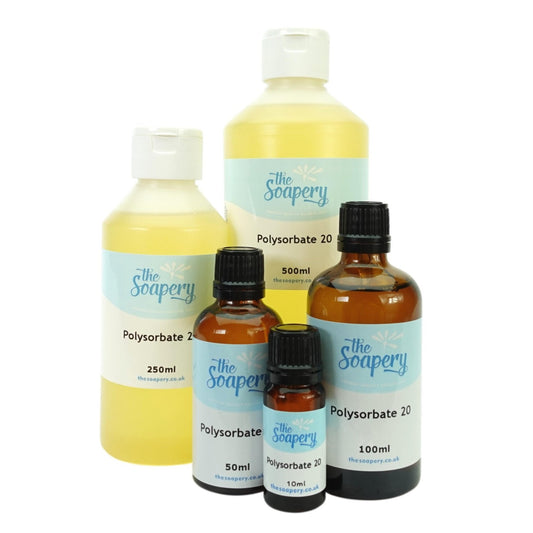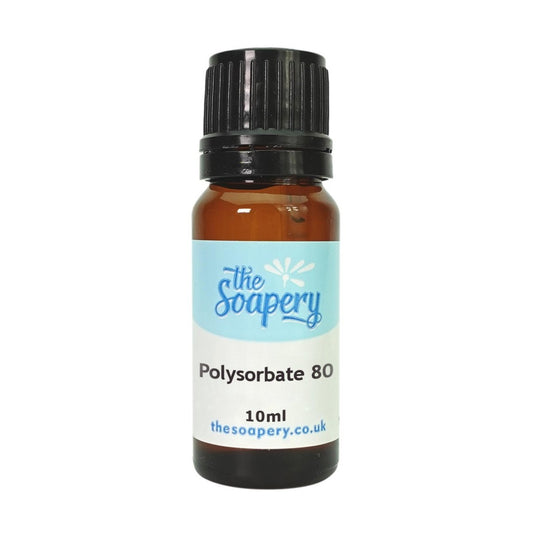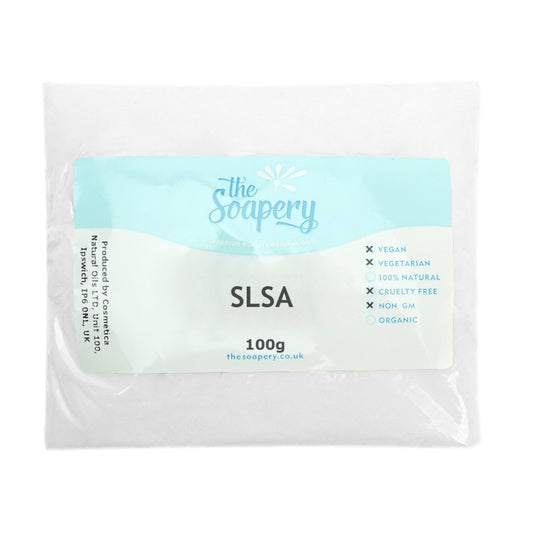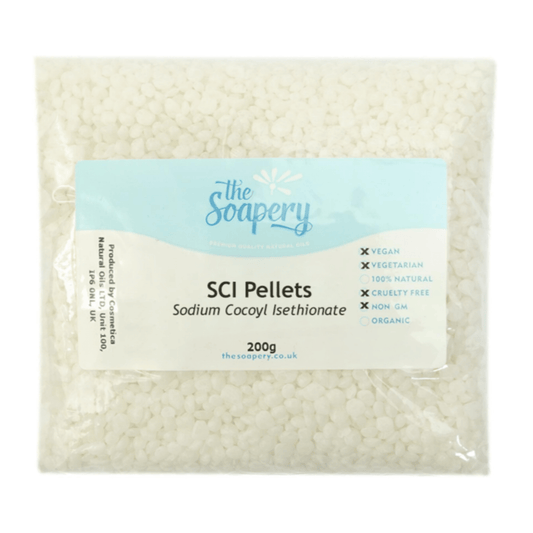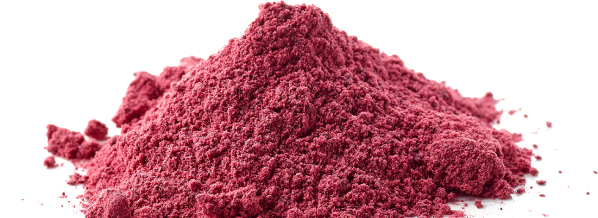
-
Coco Glucoside
-
Polysorbate 20
-
Polysorbate 80
-
SLSA – Sodium Lauryl Sulfoacetate
-
Sodium Cocoyl Isethionate (SCI) Pellets
Sodium Cocoyl Isethionate (SCI) Pellets
- Regular price
- From £4.69
- Sale price
- From £4.69
- Regular price
-
Why choose The Soapery?
-
Free Mainland UK Shipping
Get your ingredients quickly at no extra cost.
-
Same Day Dispatch*
Order before 3pm to have your package sent then and there.
-
Low Pricing
No glossy marketing or false promises mean big savings.
-
Ethical Suppliers
No qualms here. Our ingredients are ethically and sustainably sourced.
About Surfactants
Cleanse, foam, lather, thicken, and more - surfactants infuse your creations with unrivalled cleansing power and beautiful foam. From skin-friendly SLSA to gentle, eco-friendly options and beyond, these holy grail ingredients are a one-stop shop for all things bath, body, and beyond! Shop surfactants with The Soapery today for same-day dispatch and fast, free shipping!
Learn More About Cosmetic Surfactants
Take your formulas to the next level.
Surfactants play a crucial role in creating a luxurious lather and smooth texture in soap and cosmetics. But it's not just about the aesthetics - these powerful ingredients are specifically formulated to gently cleanse and nourish the skin, leaving it feeling soft and refreshed. No wonder it’s been labelled a maker’s essential!
What are Cosmetic Surfactants?
All in one!
These handy ingredients are found in everything from cleansers, foaming products, toners, creams, soaps, and haircare products. Their role? The clue’s in the name! ‘Surfactant’ is shorthand for "surface active agent," - a combination of ingredients that work to reduce the surface tension of liquids.
In simple terms, they’ll help your finished product spread easily and evenly over skin and hair, removing dirt, oil, and other impurities with ease. Our range includes coco glucoside, SLSA, polysorbate 80, and other surfactants.
We do not sell all natural surfactants, however we have some great natural alternatives like coco glucoside and polysorbate 20. From coconut-based surfactants for a rich, creamy lather to palm-oil derived options for a gentle cleanse, there’s a surfactant out there for every skin type.
Our making experts’ favourites include vegetable based creations, and SLSA - a great alternative natural surfactants, and gentle surfactant that provides a rich, stable lather in bath bombs, shampoos and other cosmetics.
How to Use Surfactants in Cosmetics
There’s really no end to the list of uses for surfactants. Whether used for gentle cleansing, foaming, or stabilising, there’s almost always a place for them in bath and body formulas. With that in mind - each type of surfactant and recipe used has different requirements - be sure to double-check your ingredients and process before diving in!
On the whole, when it comes to achieving the right lather and properties, it's important to make the right ingredient and ratio choices. Stuck between a few? You can mix different types of surfactants to customise the properties of your final product!
Before you get making, be sure to keep in mind - using too much surfactant can cause irritation to the skin or hair. Try to keep things by the book, or, if experimenting with formulation, test before using!
The Benefits of Cosmetic Surfactants
A fair few of the cosmetic, bath, and body products we know and love today simply wouldn’t exist without the ground-breaking abilities of surfactants!
These natural ingredients, derived from sources from coconut to sustainable palm oil, are specially formulated for gentle cleansing, moisturising properties, and improve the texture of the skin and hair - whilst bringing endless functional benefits to formulas themselves.
On paper, surfactants break surface tension - making everything from mixing to application a breeze. For example, thanks to their unique molecular structure, which allows them to easily mix with water and create bubbles, they make for a gentle yet effective foaming agent in soaps and gels!
Plus, depending on the type you choose, you may even be able to use your surfactant as an emulsifier or dispersant!
Most cosmetic surfactants are also environmentally friendly - being derived from natural sources, biodegradable, and often readily available. They really are a win-win!
Our Favourite Skincare Recipes
We Value Each of Our Customers
Accreditations/Awards
We’re committed to offering a vast range of all-natural, organic products certified by The Soil Association, and we take pride in doing our part for the world around us.
Like most ingredients, the oils, butters, powders, and decorations in your handmade products are farmed or extracted from the natural world. Those certified as organic by the Soil Association were grown, produced, and harvested in line with strict regulations designed to protect and sustain the environment, including soils, ecosystems, animals, and people.
